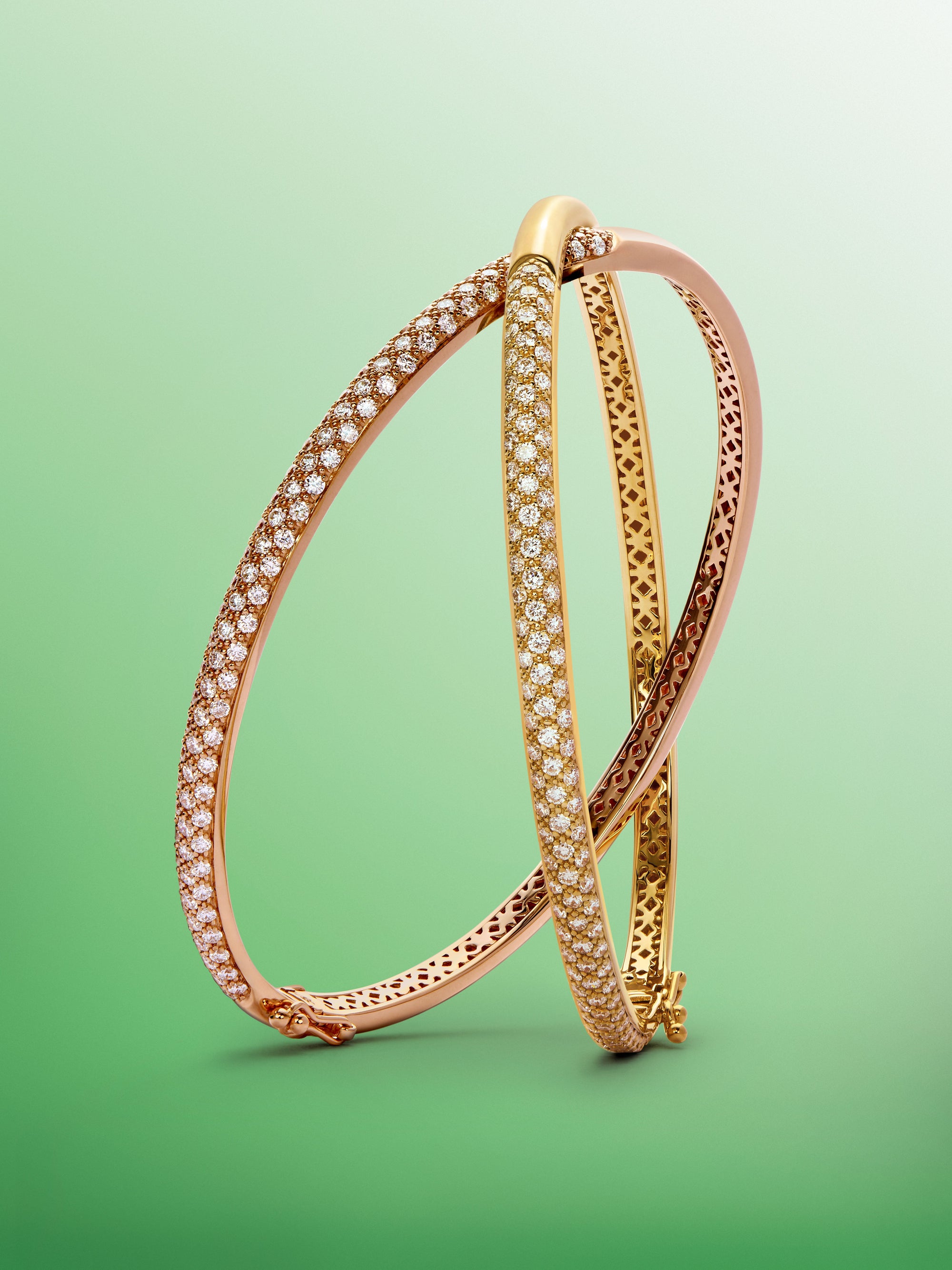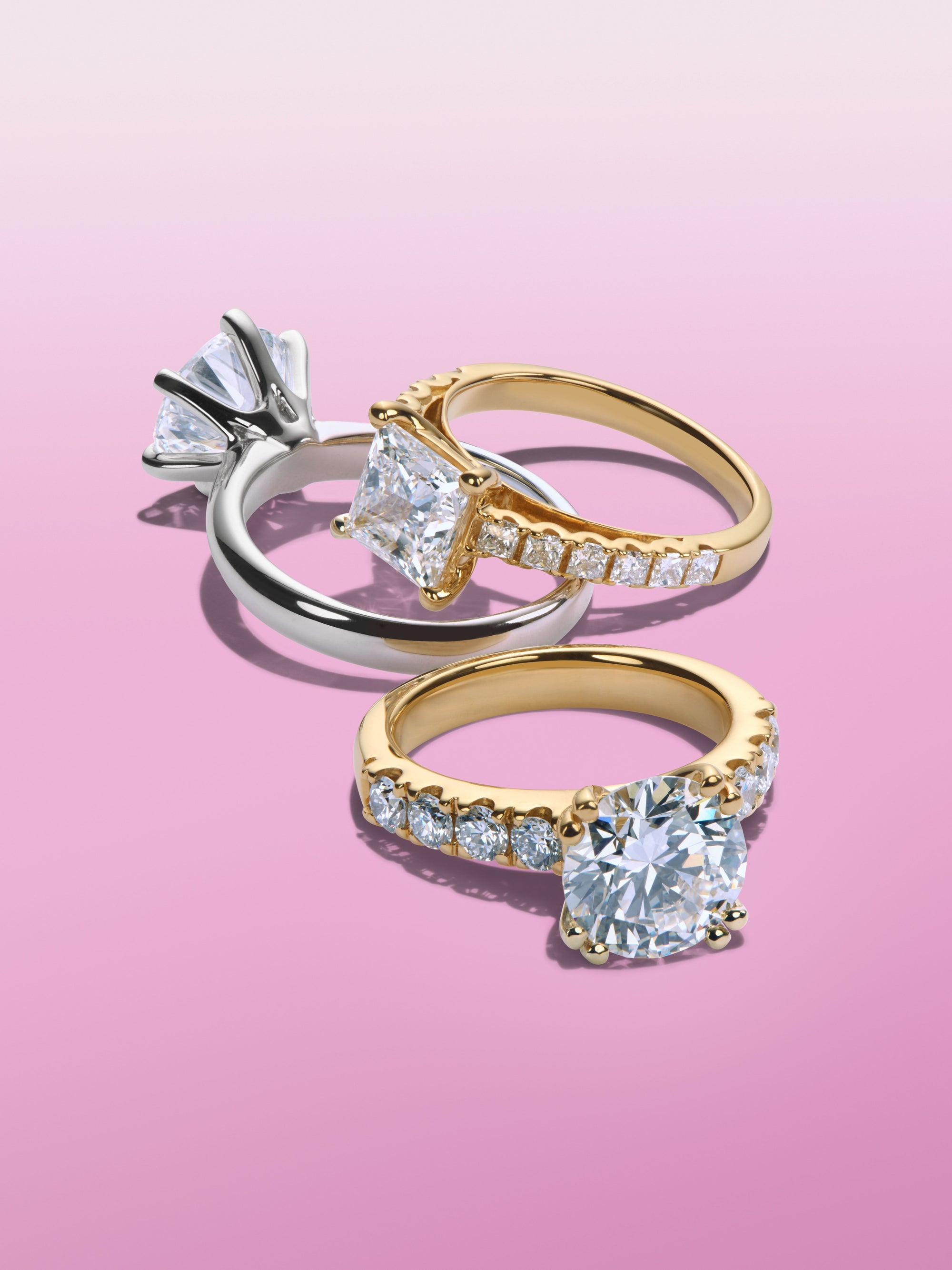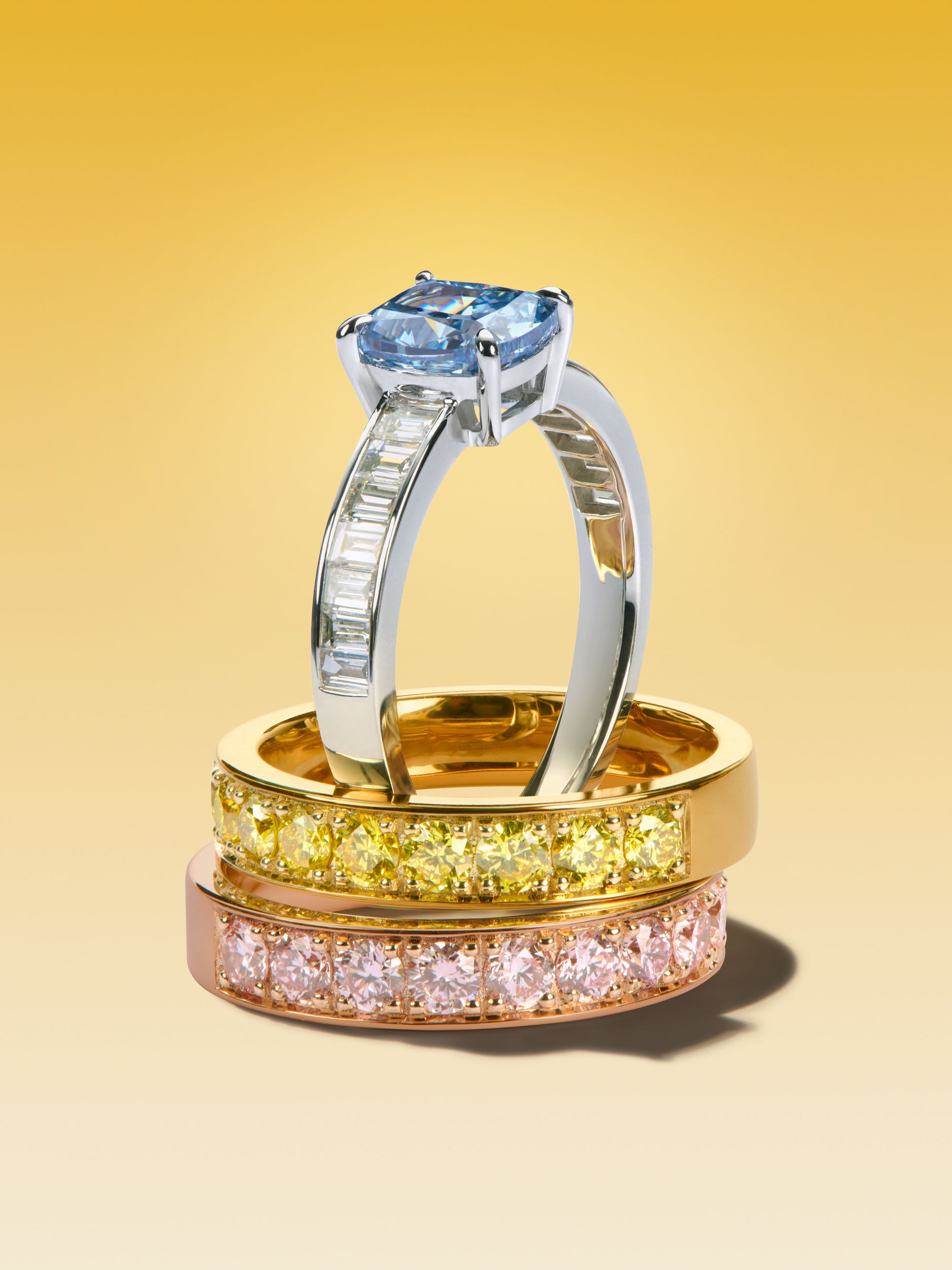When it comes to fine jewellery, each piece is more than just a luxury item — it’s a work of art that begins with an idea and is brought to life through the collaboration of talented designers, artisans, and innovative materials. Britta Dietsche, in collaboration with Pamela Hastry of Morphée World, offers a unique approach to jewellery design by combining 360-degree creative vision with the finest craftsmanship techniques rooted in centuries-old traditions.
In this article, we take you behind the scenes to discover the process that transforms concepts into reality, blending traditional artistry with cutting-edge technology to create pieces that reflect both timeless elegance and modern sustainability.
Tradition and Hand-Drawn Sketches
At the heart of every fine jewellery creation is the initial concept — an idea that often starts as a hand-drawn sketch. For centuries, sketches have been the foundation of jewellery design, providing an opportunity for designers to translate their visions into tangible form. Pamela Hastry, as part of Morphée World’s consultancy, ensures that this tradition is honoured in every project for Britta Dietsche. Each piece starts with a hand-rendered design, capturing the essence of the jewel before moving into more technical stages.
Pamela explains how "Hand-drawn sketches allow us to convey the soul of each piece. They hold the emotion and the first spark of inspiration, something that 3D modelling alone cannot capture."
Once the designs are sketched, they are refined through CAD modelling, bringing precision to every detail. This is where innovation enters the process, as the sketches are transformed into 3D digital models. These models allow for exacting precision, giving artisans a clear framework within which they can work, ensuring the perfect execution of every piece.
Tradition Meets Innovation: Lab-Grown Diamonds
While the design process itself holds deep roots in tradition, the materials used in modern fine jewellery are evolving with new technological advances. At Britta Dietsche, we are proud to work with lab-grown diamonds, a perfect example of how innovation can be used to complement time-honoured techniques.
Lab-grown diamonds offer the same brilliance, clarity, and chemical composition as mined diamonds but without the environmental and ethical concerns. For Britta Dietsche, lab-grown diamonds are an opportunity to create stunning engagement rings and jewellery that reflect modern values while still upholding the traditions of fine jewellery making.
“Using lab-grown diamonds is an interesting approach of marrying modern ethical choices with centuries-old craftsmanship. It allows us to craft pieces that are not only beautiful but also meaningful in today’s world” confides Pamela.
The Art of Crafting: Techniques from Parisian Masters
After the designs are finalised and materials chosen, the crafting process begins. This stage involves artisans who use techniques perfected over centuries. At Britta Dietsche, jewellery is crafted with the same respect for tradition as the most prestigious Parisian houses, particularly those around Place Vendôme, the historical centre of fine jewellery.
Pamela Hastry, who trained in Paris and has deep ties to these traditions, ensures that these techniques are applied to every Britta Dietsche piece. Some of the classic high jewellery techniques include:
- Pavé setting: In this meticulous process, each small diamond is held in place by tiny gold beads, which are then carefully rounded off, one by one, to guarantee a smooth finish and a solid hold. This attention to detail ensures the diamonds sparkle while being securely fixed, providing both beauty and durability.
- Channel setting of baguette diamonds: This intricate technique involves setting baguette-cut diamonds into tapered ring bands, a hallmark of elegance in fine jewellery. Each diamond is re-cut and re-polished by our master artisans to ensure a perfect alignment, a task that demands precision and expertise. This work is done entirely in-house, ensuring that every detail meets the highest standards.
- Engineered articulations: A feat of engineering and craftsmanship, certain bracelets and necklaces in the collection feature articulated links that move with the fluidity of textiles. These engineered designs offer exceptional flexibility, creating a luxurious, lightweight feel for the wearer. While difficult to capture in a photo, the true beauty of these pieces lies in their wearability and how they move gracefully with the body — an experience that can only be fully appreciated in person.
Each of these techniques is executed with meticulous care, bringing the designs to life and ensuring that the final piece reflects the skill and dedication of the artisans.
From Atelier to Showroom
Once the crafting is complete, the jewellery pieces make their way to Britta Dietsche’s showroom — the final step in the journey from concept to reality. Here, clients can experience the pieces firsthand, appreciating the fine details and the marriage of traditional craftsmanship with modern innovation.
Each piece tells its own story, not only of the love and commitment it represents but also of the collaborative process that brought it to life. Whether it’s a bespoke engagement ring or a stunning piece from Britta’s True Colors collection, the jewellery embodies the core values of creativity, precision, and responsibility.
“What we create at Britta Dietsche goes beyond just a piece of jewellery – explains Pamela. It’s about telling a story — of the materials, the craft, and the people who bring these pieces to life.”
Conclusion: The Beauty of Craftsmanship and Collaboration
At Britta Dietsche, the art of jewellery design is about more than just creating beautiful pieces — it’s about honouring the age-old traditions of fine craftsmanship while embracing the innovations that will carry us into the future. With Pamela Hastry and Morphée World as a vital part of the creative process, every piece is a testament to collaboration, artistry, and the enduring power of fine jewellery.
Through a combination of traditional techniques and modern technology, we ensure that each piece reflects the best of both worlds — the richness of history and the promise of the future.


